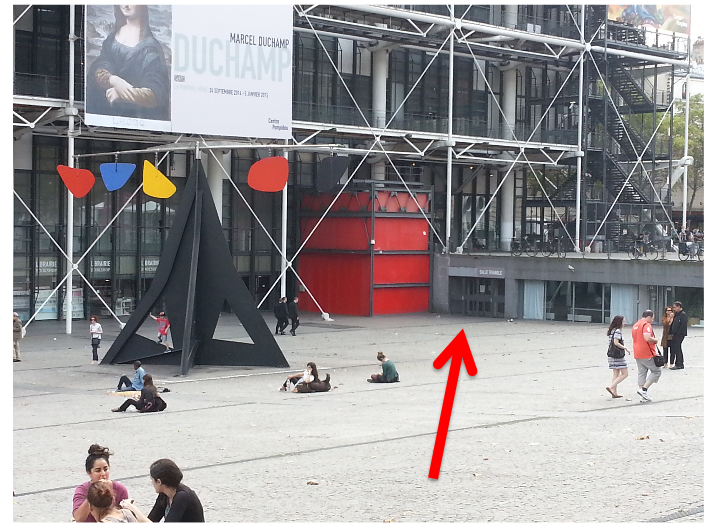That There Is Counter-Information: Art, Cryptography and the Meta-Datification of Discourse
who
- Jessika Khazrik (Artist and writer, The Society of False Witnesses)
- Aram Bartholl (Artist – via online video)
- Farah Khelil (Artist)
- Valerie Cordy (Performer and Director of La Fabrique de Thêatre)
when
from 17:00 to 20:00
where
Centre Pompidou
Paris

Through re-visiting, at its onset, the history of cryptography and its epistemological ties to art, language and the law, this session will bring together recent artistic practices that playfully explore the role of encryption and data accumulation within our present time.
This session borrows its title from Gilles Deleuze’s proposition, “let us at least say that there is counter-information”. When exploring the quiddity of the creative act and its relationship to communication, Deleuze brings into conversation the mechanisms of counter-information and their shared affinity with the work of art as an act of resistance. Moving from Xerxes’ early steganographic manoeuvre of secretly hiding a message of war between the wax and the wooden frame of a ‘blank’ wax tablet, to the Abbasid invention of frequency analysis and their renaming of cryptology to ‘the science of blinding’, and arriving to the interstate discrete machines of WWII that were developed concurrently to the conception of the Universal Turing Machine, cryptography has widely emerged in recent years as a panacea of our time.
On one side, end-to-end encrypted systems are being collectively developed as an act of resistance against surveillance. On another, with the rise of crypto-currencies, cryptography is being presented as a generative regulatory force that promises to re-order the economy through computational modes of valuation, freedom and control. These modes simulate familiar economies of extraction and accumulation, albeit, in the name of the new, the cryptic and the extimate. What does this crypto-frenzy hide and reveal about our present techno-politics when cryptography has stretched beyond the realm of secrecy to an explicit claim for economic power? How have been artists participating in and responding to these acts of disclosure, concealment and resistance?